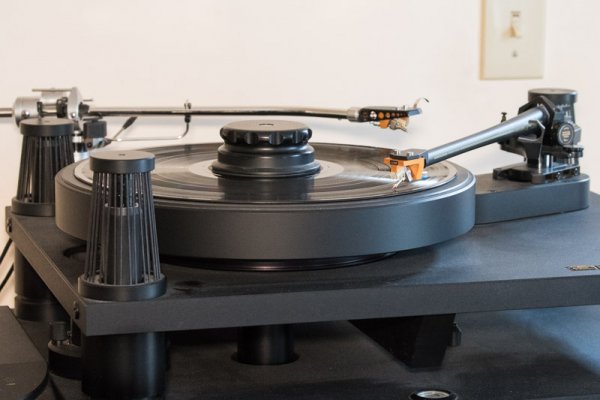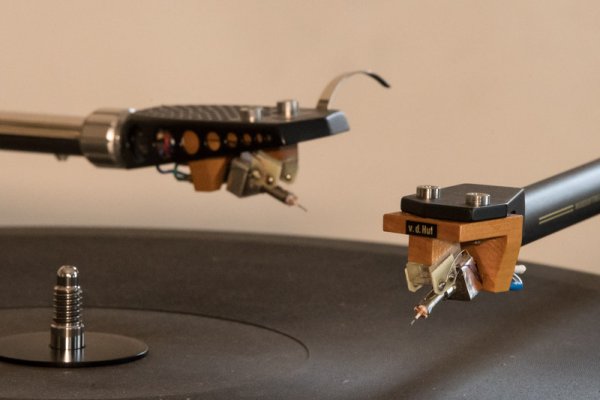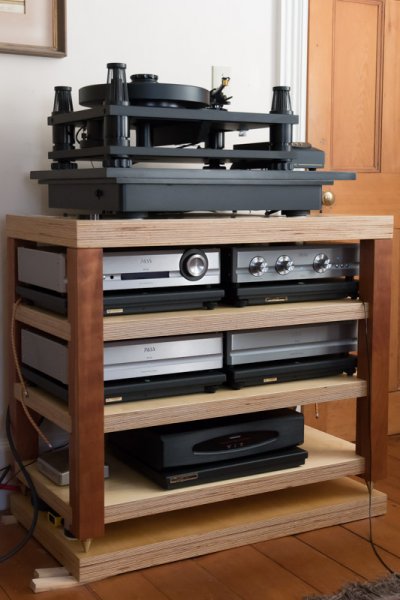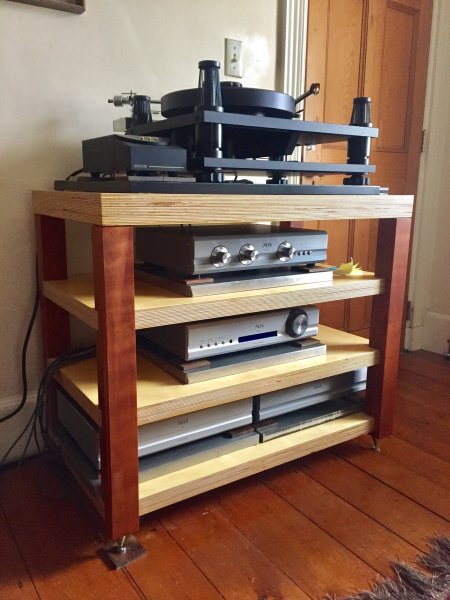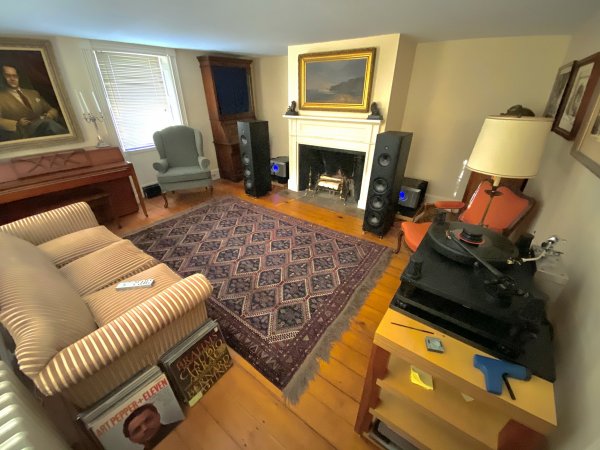Madfloyd, owner of an excellent system including the Magico M Pro speakers and big CAT mono blocks and former frequent poster here, came by and heard my system over the weekend with Al M. Each friend had heard the system about a month ago and were decidedly underwhelmed with the various changes I had made, particularly, rotating the speakers to eliminate toe-in. I had made other changes as well like deflating pneumatic isolation and removing acoustic treatments from the room. They came over but did not respond as enthusiastically as they usually do.
About the same time, Ack and VLS came together to hear my system. Ack was openly disappointed in the sound and expressed his opinion as usual stating that I had lost all of the imaging and soundstaging that he had previously admired and appreciated. I think he described it as a "sonic mess" or something. VLS, hearing the system for the first time, was more diplomatic and seemed to enjoy the sound a bit more.
I mention all of this because I have embarked on a fairly extensive re-thinking of my system set up, of my sonic priorities, and of my various audiophile accessories. I am getting back to basics and examining fundamental principles. During this process, the sound has fluctuated pretty dramatically. At times, I am too close to it, so I appreciate the comments and advice of others, especially those with whom I have heard live music. The resulting conversations can be quite interesting and revealing. They can also lead to further experimentation.
I also recently removed the last remaining absorptive panels at the two first reflection points. This, and the changes to my rack, have resulted in what I would describe as a more natural and enjoyable sound. It is all a process, and I am learning, and I suspect the journey is far from over. Madfloyd and Al M. heard the latest iteration over the weekend, and their reaction was more enthusiastic than the last time they were here. I actually think Madfloyd enjoyed the system quite a bit, including the sound of his own cartridge on my SME 3012R tonearm.
One of the biggest improvements is now my ability to hear more distinct differences between, for instance, very slight speaker position changes and cartridge adjustments. The system just seems more revealing suddenly. There is less obscuring of information from the recording, and I am simply hearing "more" and it is presented in a more realistic way.
Madfloyd brought over his Altas SL super-cartridge so that we could all hear it in my system and also compare it to my vdH Master Signature cartridge, if not exactly directly because of the two different SME 12" arms. Now, that was a most interesting comparison about which I will report in a subsequent post or thread. I will just say here that the Atlas SL is a fantastic cartridge and I really appreciate Ian bringing it over so that I could hear it for myself in my own system. What a treat.


